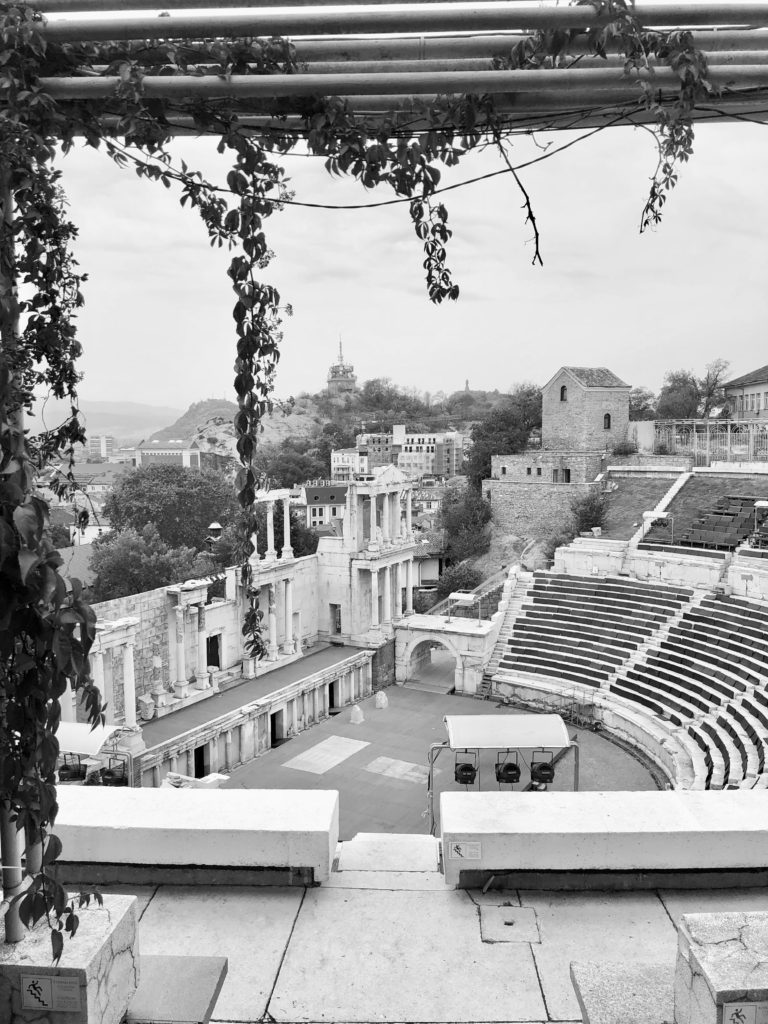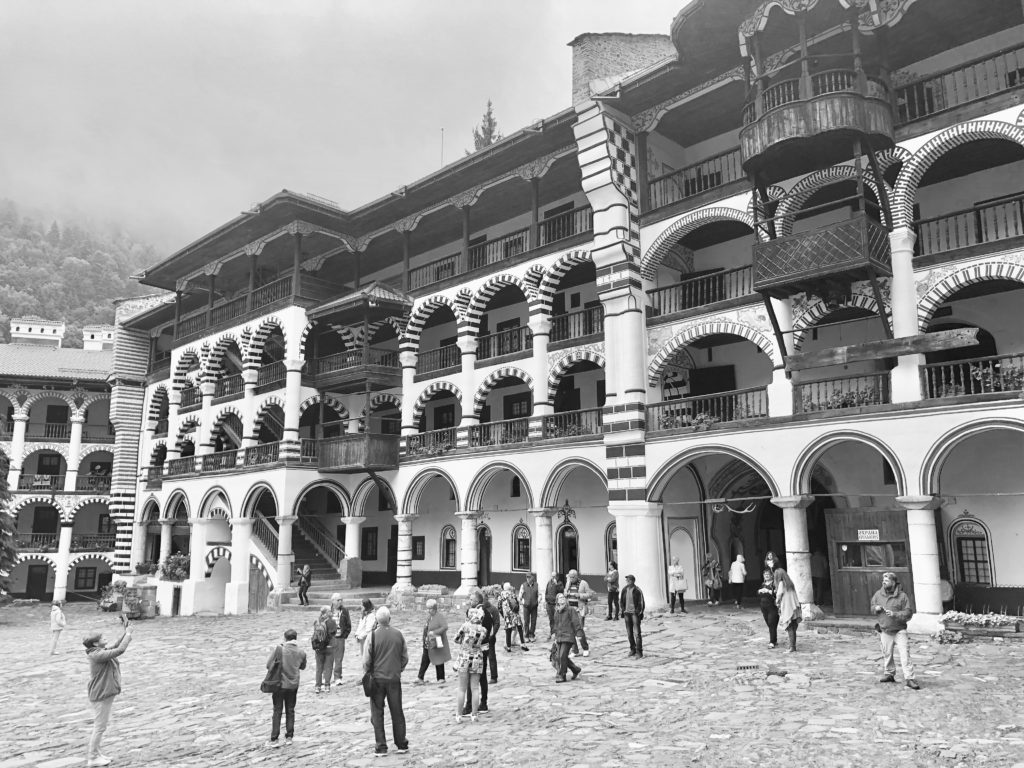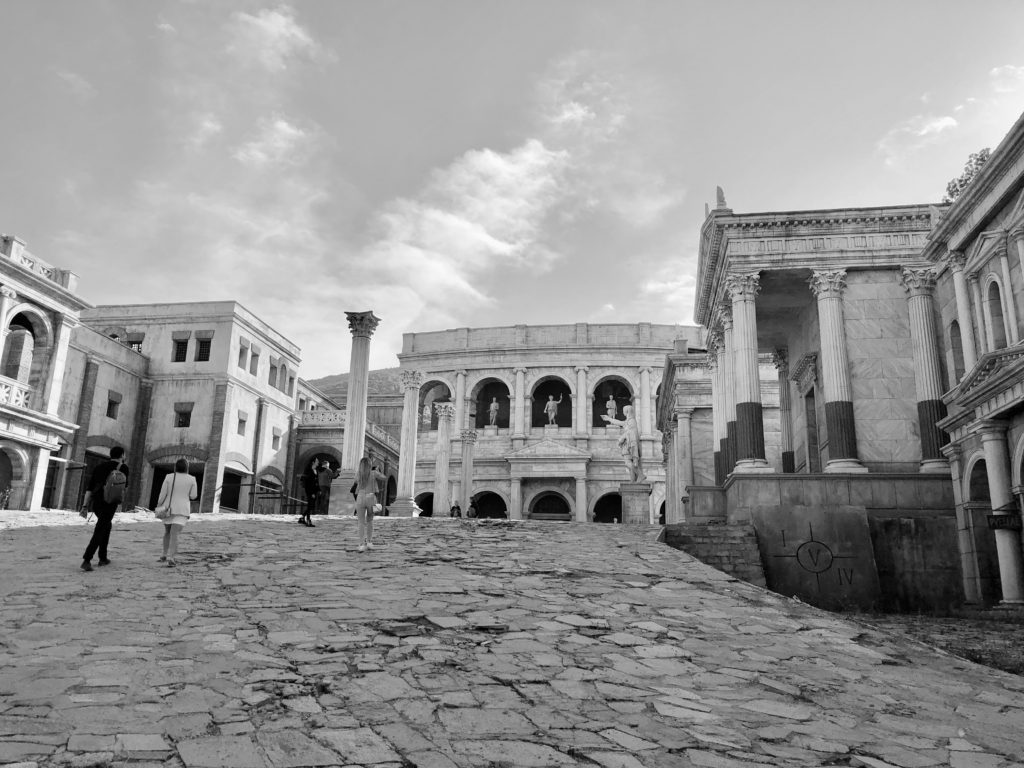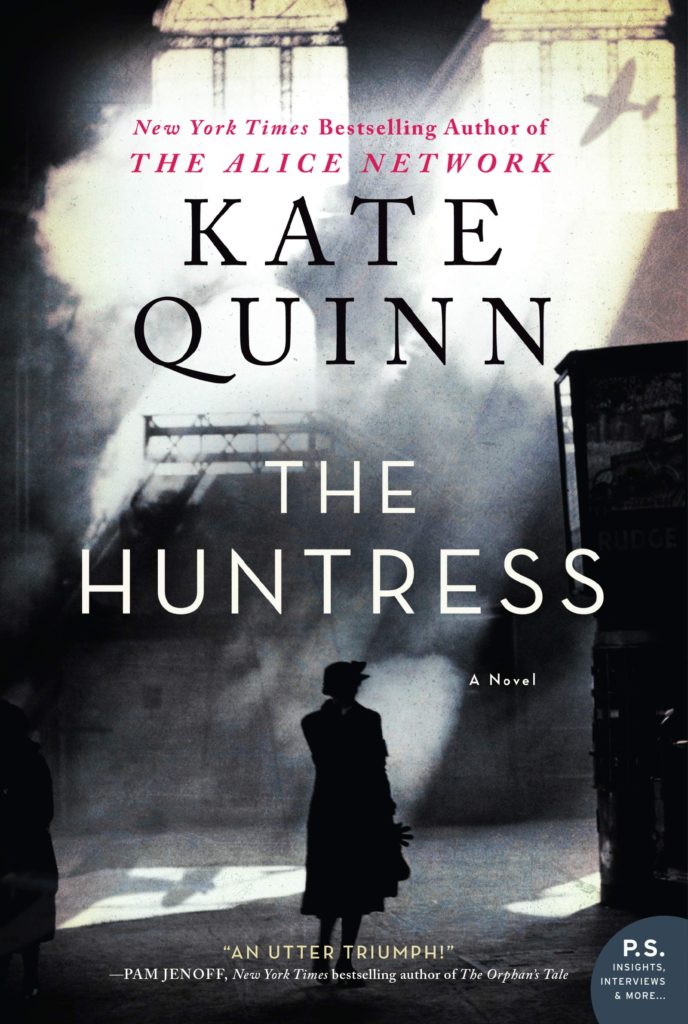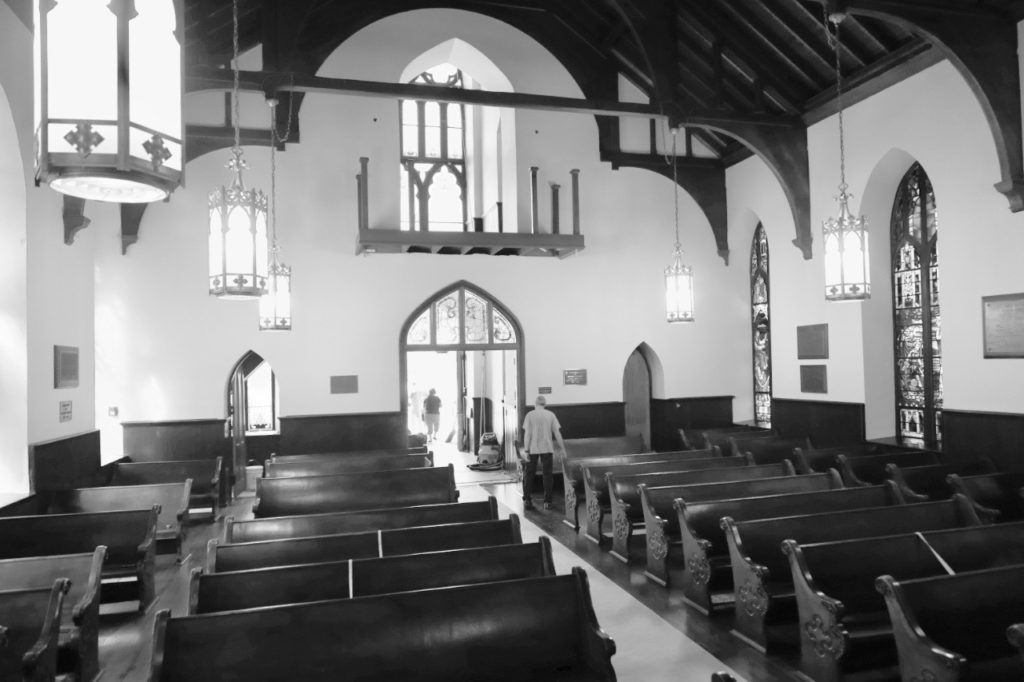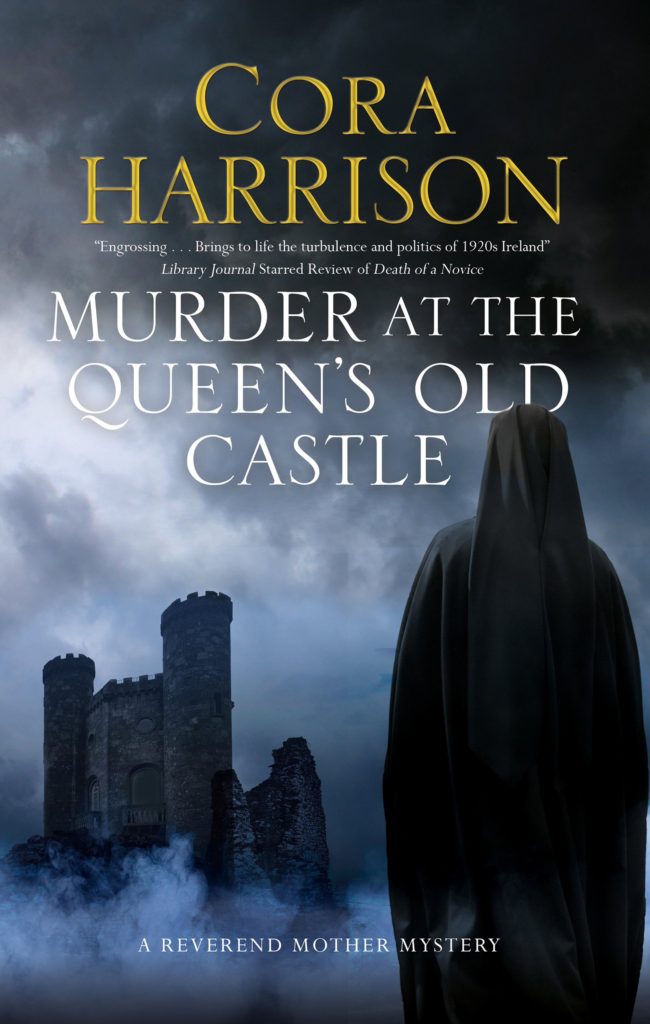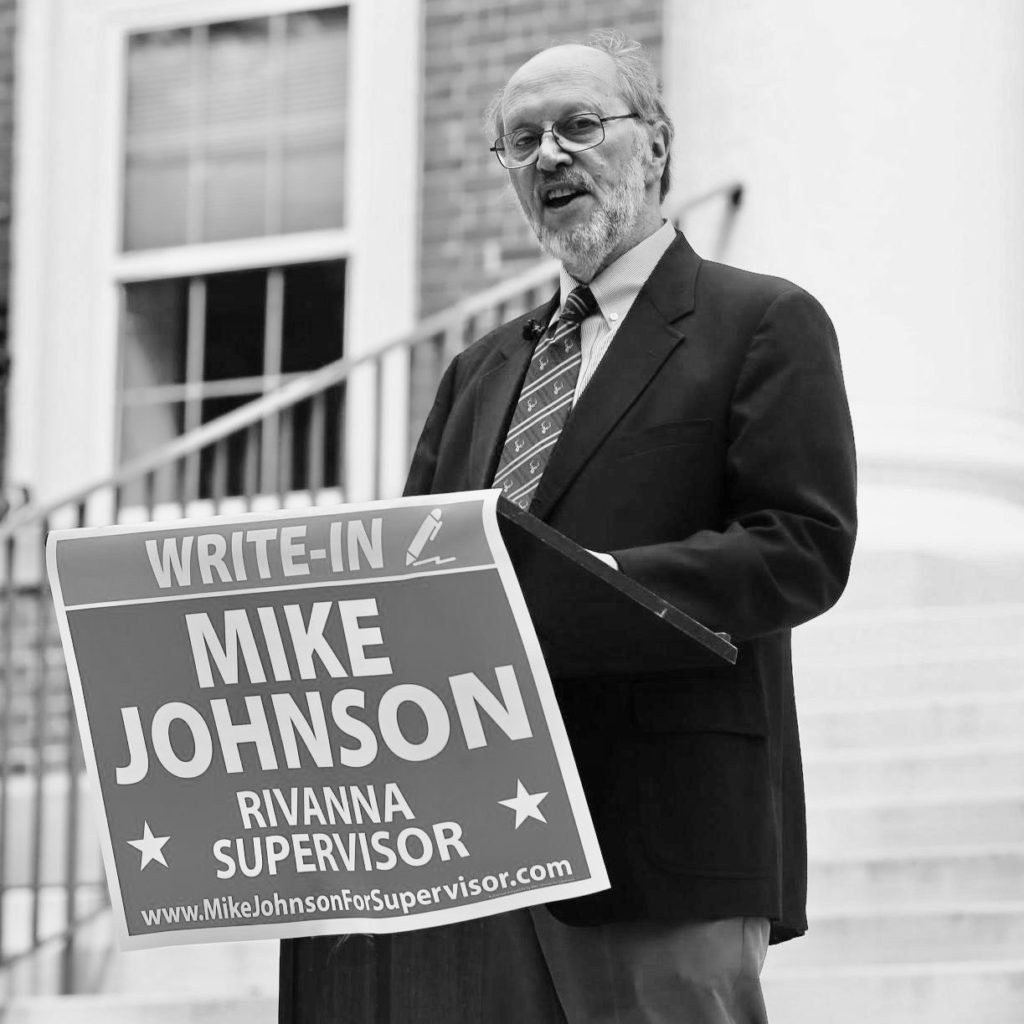As a New Year approaches it is time to stock up on a pile of books to get through the winter months that lie ahead. If you are still looking for a gift for someone because you are behind in your holiday festivities or you received gift card to your local bookstore, I have some great choices to make the winter months pass quickly.
I hope this gives everyone a good selection of diverse material to take you into a new year full of reading!
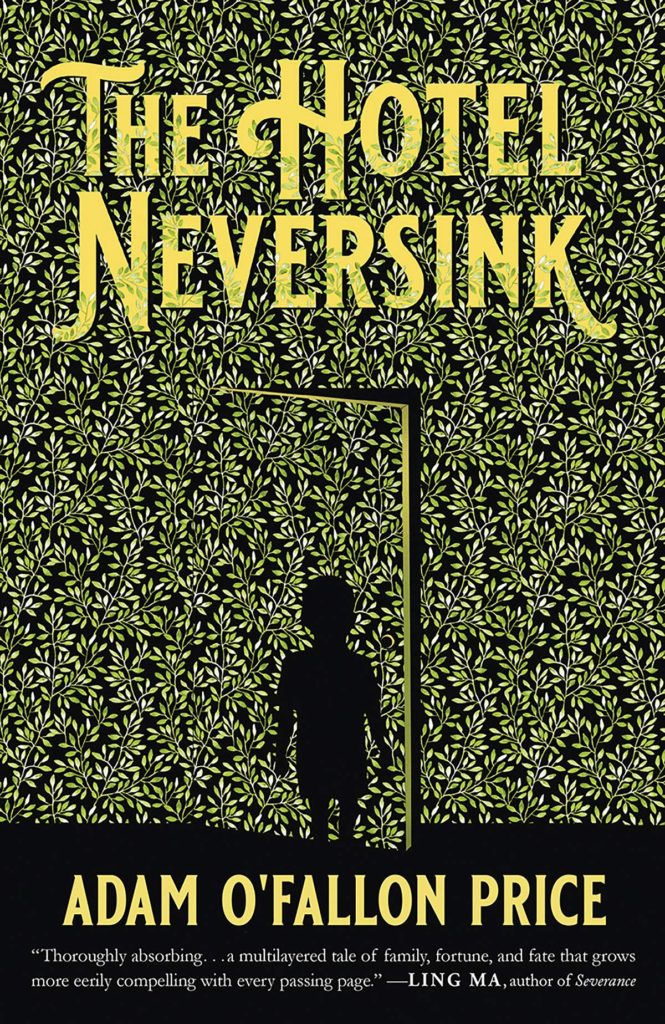
In Hotel Neversink, Adam O’Fallon Price introduces the reader to generations of Hotel Neversink’s owners and the mystery that continues to haunt it through the years. This is a multilevel tale with narration from Jeanie (the original owner’s daughter), Leonard (her son), a maid named Hannah, and multiple others who have been touched by the disappearance of children from the hotel. First, a young boy goes missing then a young cousin of the Jeanie, named Alice. Alice manages to escape the killer but cannot reveal who it was who abducted and attempted to strangle her. Built by a Jewish immigrant in the 1930’s, this Catskill hotel is loved by some members of the family and is despised by others, but no one can deny that it has created a community of people who help keep it running and who preserve the history and stories of its past. Hopefully someone will discover the identity of the killer before another child is harmed.

I immediately picked up The Spies of Shilling Lane when I saw it was published because author Jennifer Ryan also wrote The Chillbury’s Lady’s Choir, which I loved and reviewed last year. I couldn’t wait to dig into her latest novel, and I was not disappointed. Mrs. Braithwaite is quite a character. She is bossy, noisy, and tends to steamroll all those around her. No one is particularly sad when she is ousted from her leadership role at the Women’s Voluntary Service (WVS). Hurt and angry, Mrs. Braithwaite packs her bag and heads to London to visit her errant daughter, Betty, only to find her missing. Betty does not have a good relationship with her mother, and she has not been completely honest about her activities, to help in the war effort, Betty’s shy and retiring landlord, Mr. Norris, finds himself bullied into accompanying Mrs. Braithwaite as she goes on the hunt for her daughter. The adventures commence! It’s a lovely story that will make you laugh and keep you guessing.

Moving along from fiction to fact, Crisis in the Red Zone: the story of the deadliest ebola outbreak in history and of the outbreak to come by Richard Preston tackles a subject the author has covered before. The subject matter is crystal clear from the title. I was introduced into the world of ebola years ago when I read Preston’s first book, The Hot Zone, which transfixed me with the story of how this virus first emerged from a cave in Africa and described the devastation it wrought. His latest work is no less spectacular in its ability to explain the current condition and issues around this deadly virus. At the end of The Hot Zone, the conclusion was that ebola, while scary and horrible, was containable because it only mutated within animals, but now scientists have learned through the latest outbreak that the situation has changed. While the subject matter may not be something you think you would enjoy reading about, Preston is a very talented writer who can convey clinical information in a very readable way that informs and pulls you in. He has woven the facts about the outbreak and subsequent deaths with the personalities and dedication of those who fight to keep this virus from spreading. These are remarkable people who put their lives on the line every day to help those in peril and keep the world safe. They are passionate, caring people who risk their health and safety because they want to stay one step ahead of the most dangerous viruses that exist in the world. I love Preston’s writing style and I think we all need to be aware of what the CDC, Doctors Without Borders, and other organizations are doing to thwart a very real threat!

The Sisters of the Winter Wood seems a perfect winger tale to enjoy in front of the fire with a cup of cocoa. It’s a fantasy story that combines Jewish history and folklore and is a debut novel by Rena Rossner. I really enjoyed Rossner’s unique style that paid homage to her roots in Ukraine. There is a village near Moldova and Ukraine where Liba and Laya live. They live outside the village because they both come from a long line of shape shifters and their parents are determined to keep them safe and unaware of their lineage. When their parents leave them alone to deal with family matters far away, both girls learn the secret their parents were keeping. Liba finds herself shifting into a bear and swan-like Laya longs to take flight. This is a beautiful, lyric story of secrets and divisions between people. It combines the fairy tale aspect of goblins, shapeshifters, magic, and animals with historical events. The language is a beautiful combination of Yiddish, Hebrew and Ukranian. What is amazing is that this fantasy is based on the very real backdrop of the Pogroms in that area. It really adds another layer to the idea of the beast that lies within each of us. I loved this story and its message!




